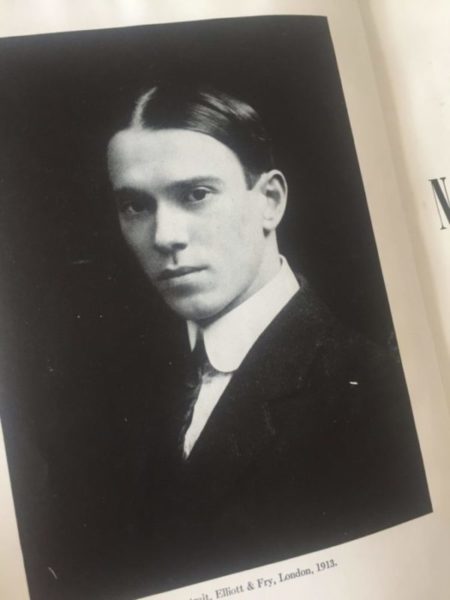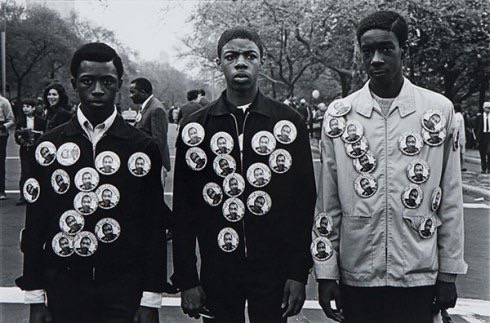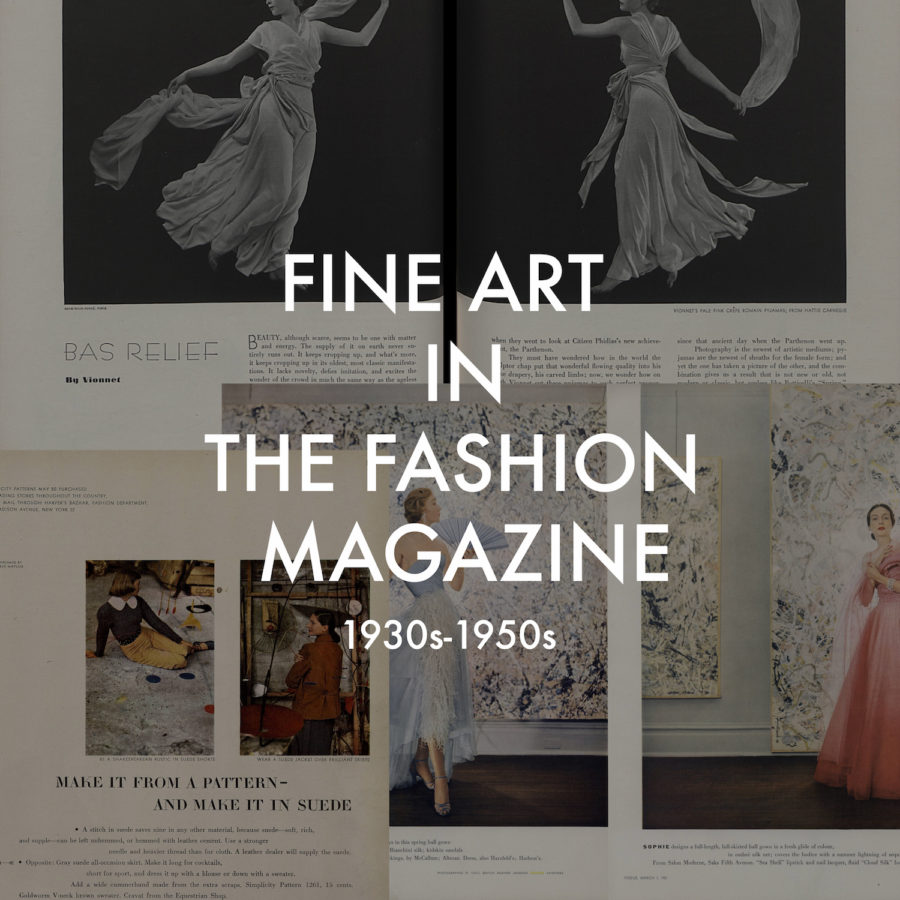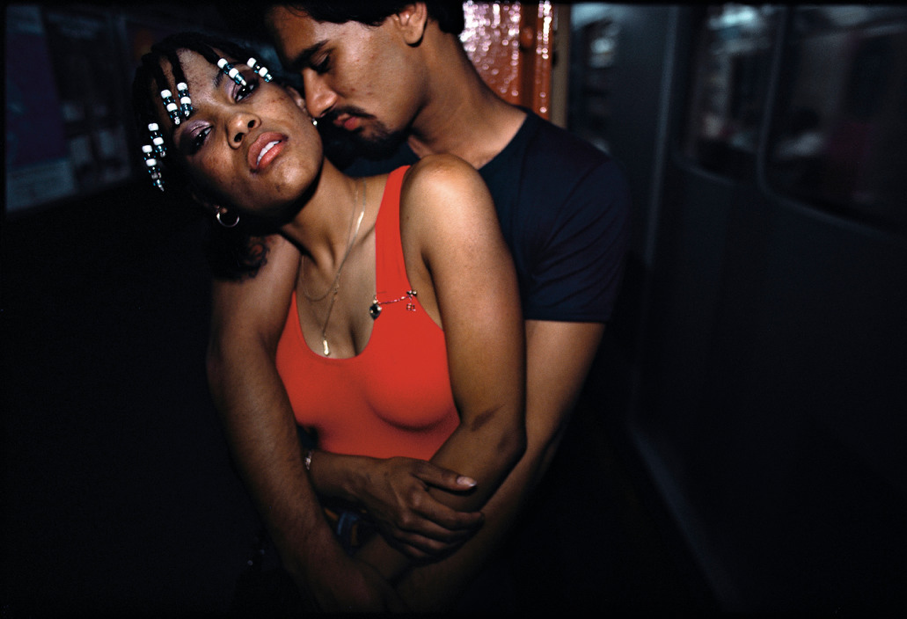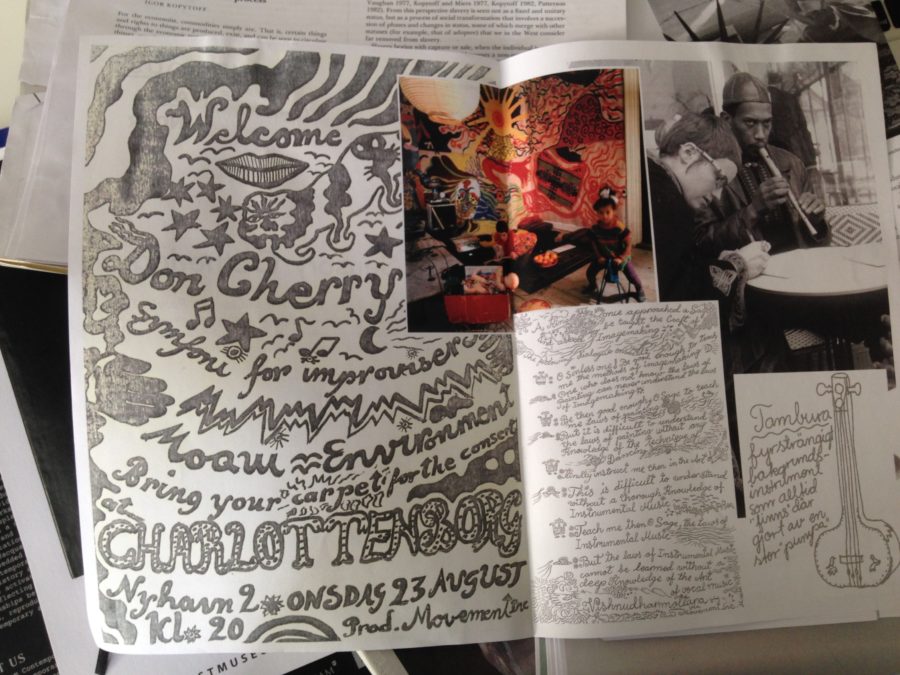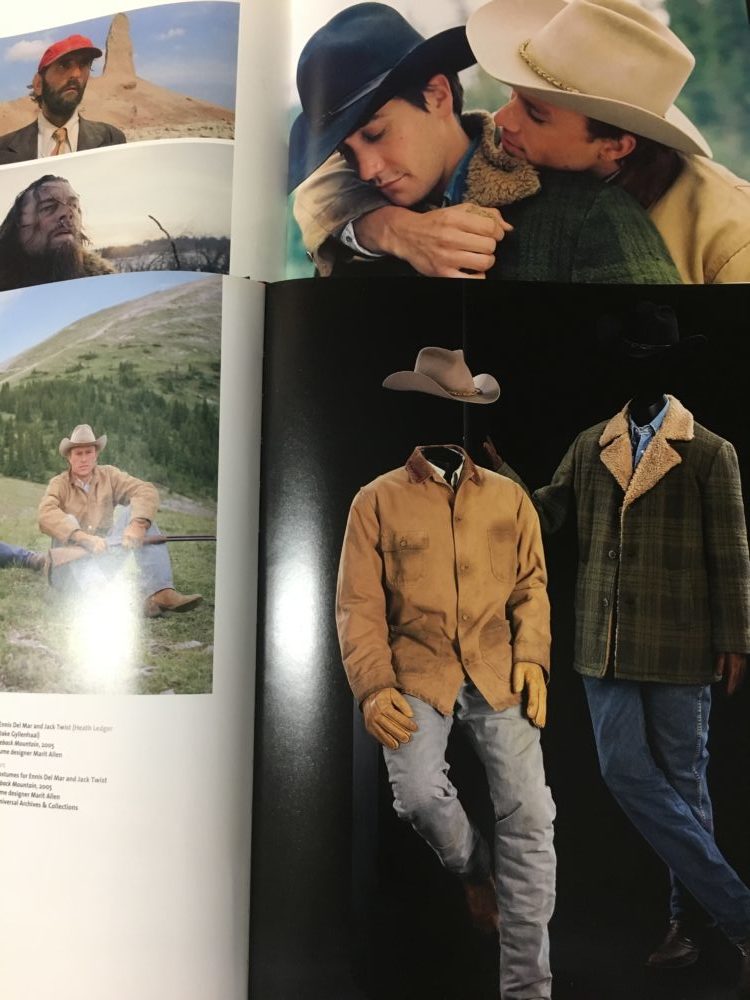Just like that our MA has flown by and the Documenting Fashion group of 2017-18 graduates with our Masters in the History of Art on Monday! Documenting Fashion blog co-runners Olivia and I wanted to say goodbye and thank you for following along! As we reflect on this wonderful year, we’re sharing some behind-the-scenes photos and our favorite memories. Below are some lists I’ve compiled from the group reminiscing about moments from our time in class, our trips, and of course, our best food moments.

In class:
- Viewing the Courtauld’s collection of fashion magazines such as the Gazette du Bon Ton
- Rebecca’s seminar on Vionnet and the big reveal of her favorite Vionnet dress
- Book time! – For each seminar Rebecca would collect books from her impressive collection which pertained to that weeks topic. It was endlessly exciting and I think we all have book wish-lists a mile long now
- Dr. Adrian Garvey’s guest lecture on film and World War II
- Our seminar on Gordon Parks
- last but certainly not least, when we were fortunate to have been visited by our favorite dachshund, Koda


Field trips:
- Our first visit to the Courtauld’s own prints and drawing collection
- V&A Blythe house where we got to see some show-stoppers
- Our multiple visits to the Museum of London – especially when we considered dress and biography
- Visiting Autograph APB
- The Mod New York exhibition in NYC where we collectively marveled at the beautiful exhibition design and danced to the groovy playlist

Food:
- Our weekly after seminar lunches in the Coutauld cafe
- Tutorials at Federation Coffee in Brixton
- When Evie brought us to Fish n Chips in Camberwell
- Our lunch at by Chloe during dissertation work
For me, the best part of this year has been the friendship I’ve found in my Documenting Fashion classmates. As you can tell from our posts, we all approach dress differently but we are also extremely supportive and encouraging of each other’s thoughts and work. Our personalities meshed together so well since day one and we have had such fun together while also pushing each other to think differently, and ultimately, be better art historians. I am truly thankful to have gone through this experience with such a lovely group of people.
Thank you for reading. We are so looking forward to what the next MA Documenting Fashion group creates for you starting in September.
Abby Fogle

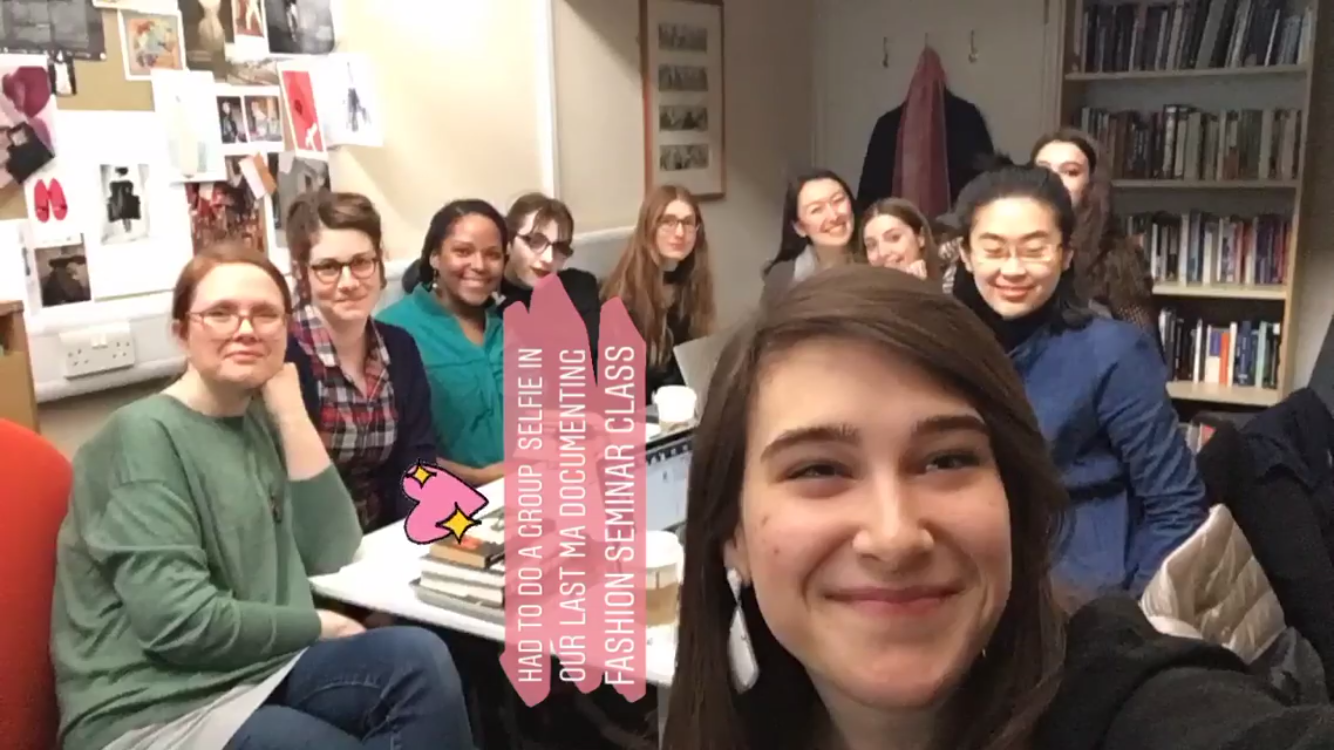

 Please join us Friday 29 June, 2018 at the Courtauld Institute of Art 10:30am-12:00pm for a live recording of The Conversations with Jason Campbell & Henrietta Gallina podcast, open to all free admission
Please join us Friday 29 June, 2018 at the Courtauld Institute of Art 10:30am-12:00pm for a live recording of The Conversations with Jason Campbell & Henrietta Gallina podcast, open to all free admission